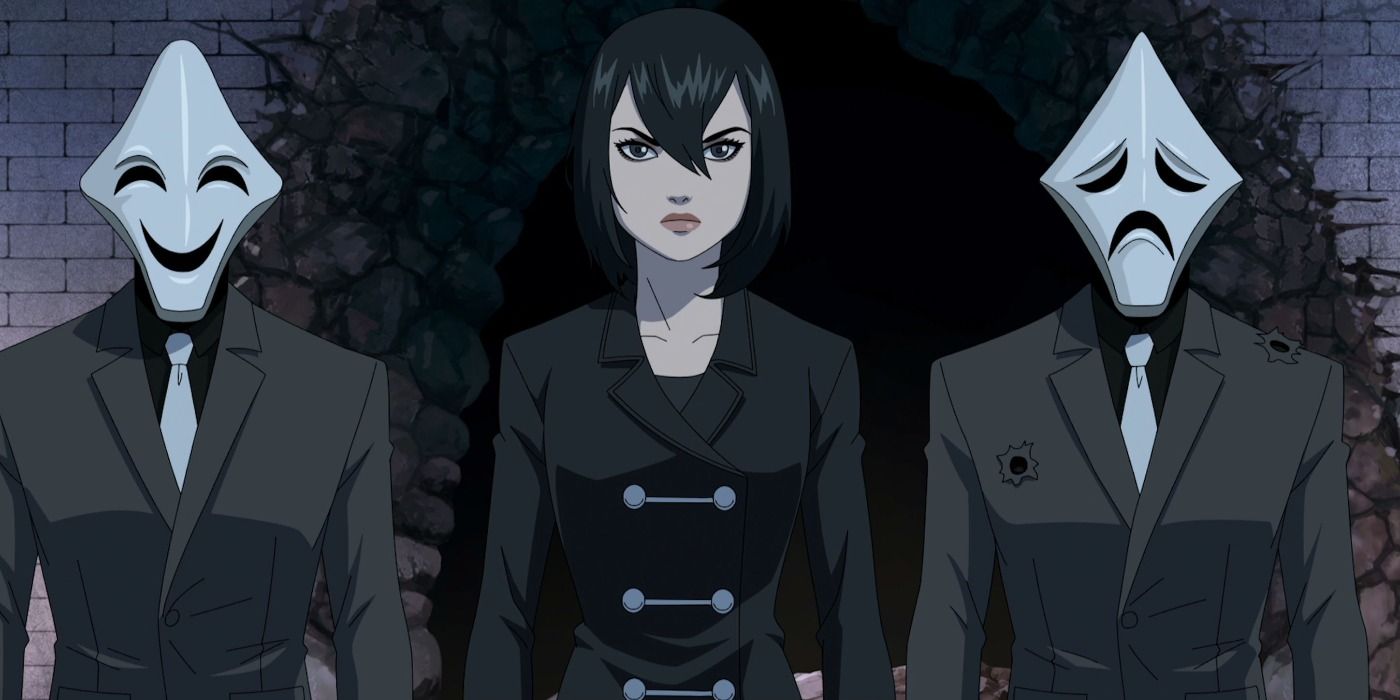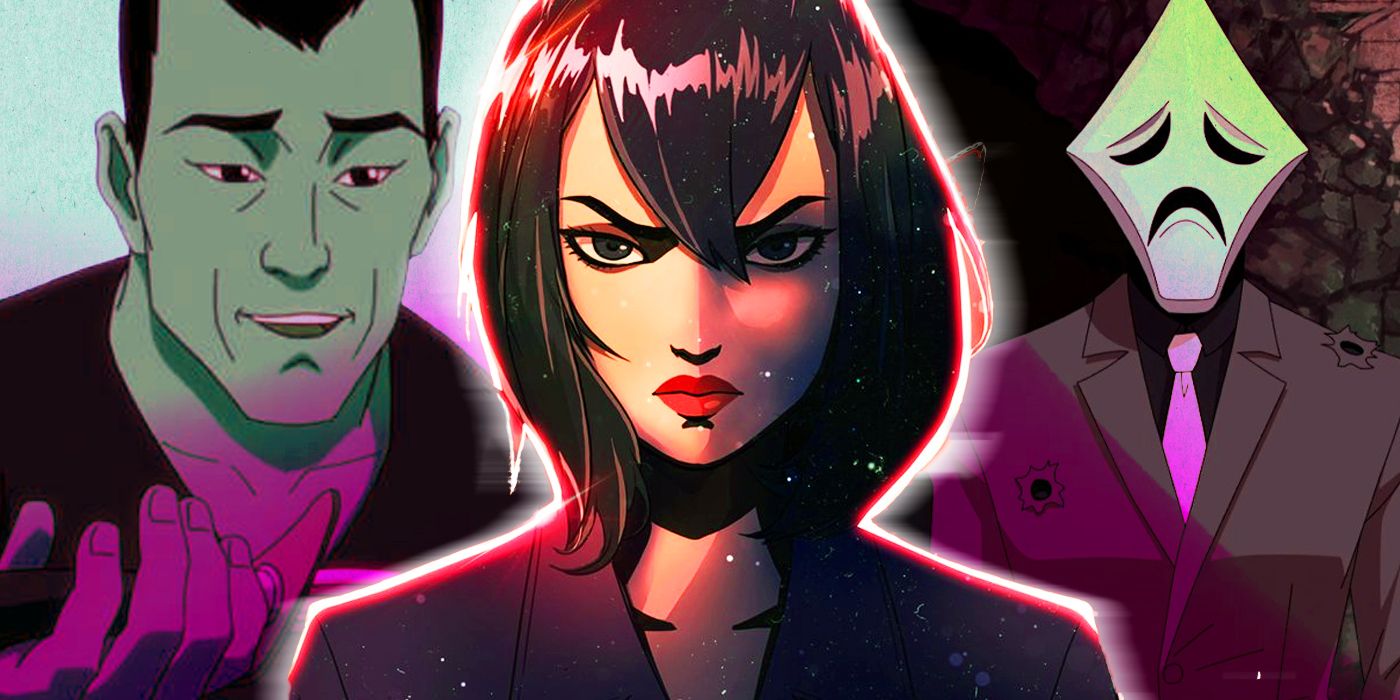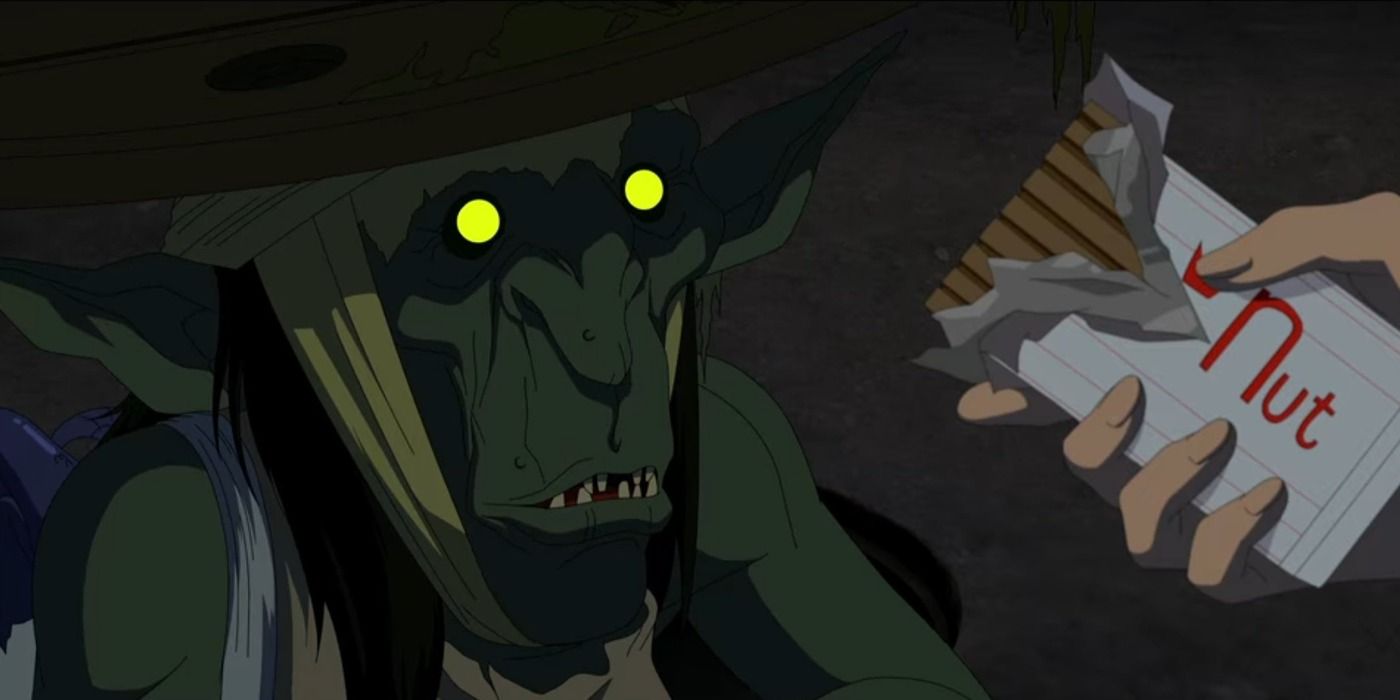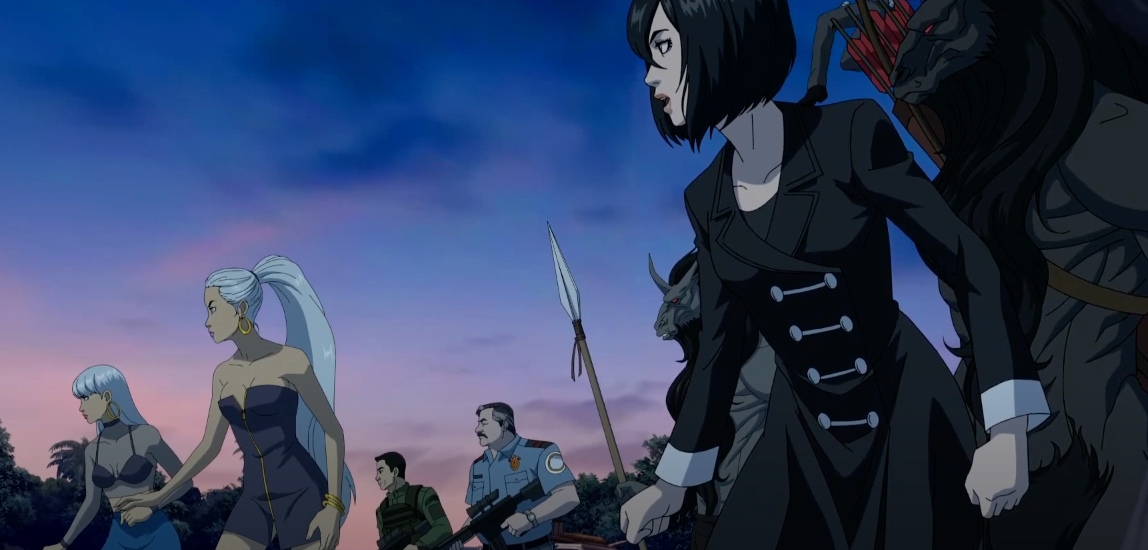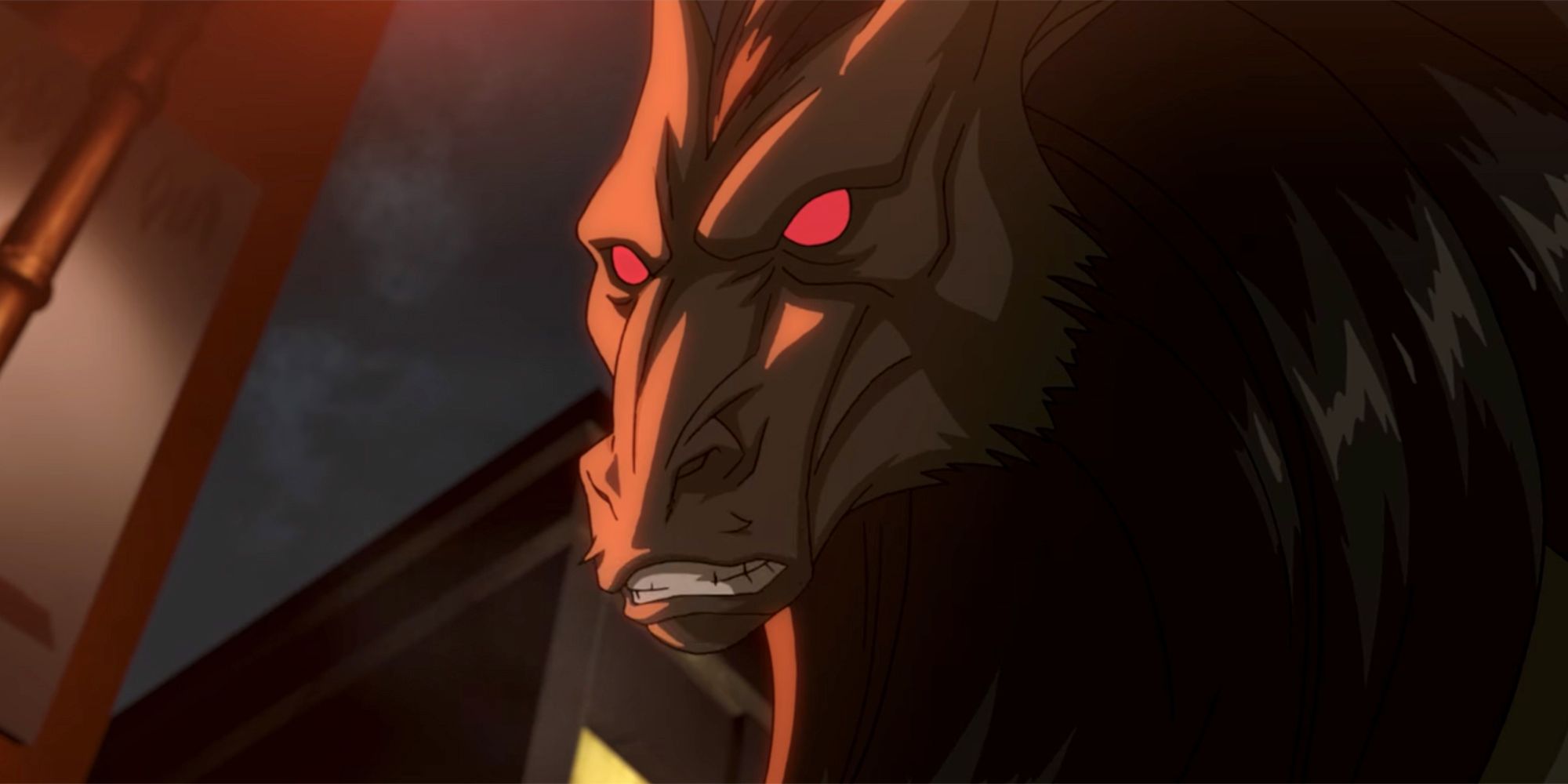Netflix's Trese, a 2021 anime centered around supernatural investigations in Manila, is undeniably Filipino in every aspect. Almost everyone who worked on the series was of Filipino descent, bringing the authenticity of its culture to a level not commonly seen in the West.
Trese included a constant stream of references to Filipino culture that, to the untrained eye or an unfamiliar audience, may have passed by unnoticed. Here they all are, revealed in full.
Filipino Historical Importance
Protagonist Alexandra Trese’s jacket design was inspired by Jose Rizal, a national hero of the Philippines, while tribal music is incorporated into the anime's theme song. All of the magical chanting was spoken in the Filipino language, Tagalog.
The knife Trese uses is a kalis knife, which has existed within the Philippines for centuries. On top of all that, the Trese family home aesthetically showcases an older and respected architectural style still seen in the Philippines today.
Filipino Entertainment
Celebrity culture was highlighted greatly in Trese, having followed a known actress. Celebrity news and gossip is often heavily covered in the news and talked about in conversation. Within the same episode, Trese characters visited an ABC-ZNN studio -- a reflection of ABS-CBN, the real-life Filipino media company. Disco and disco-styled outfits were also portrayed, paying tribute to the music genre's popularity and culture within the Philippines.
Filipino Food
Food played a large role in the Filipino-ness of Trese. Alexandra’s bribe to her informant Nuno was always Choc-Nut, a popular chocolate bar sold in the Philippines. Durian, a fruit with an aroma so overwhelming it can be considered stinky, was mentioned in conversation in the car with Hank, Trese, Crispin, and Basilio.
At the breakfast table, the twins are shown eating a silog meal which is a Filipino breakfast dish featuring mainly meat, garlic rice, and eggs. Captain Guerrero also offers Trese some taho, a Filipino tofu-based dessert regularly sold by vendors who carry two metal containers of it on opposing sides of a long stick.
Filipino City Life
In Episode 1 of Trese, the train broke down over the Guadalupe Bridge. This kind of thing regularly happens in the Philippines. Prior to Dr. Petra Gallaga’s death in Episode 3, she carried a gun within her purse and intended to shoot her attacker. Crimes targeting women aren’t uncommon in the cities and some carry weapons to protect themselves.
Corruption within politics in the show mixed the supernatural with Mayor Santamaria's own blatant disregard for poorer citizens. In reality, the Philippines gained notoriety for political corruption decades ago. Meanwhile, Captain Guerrero is shown commuting to work in a jeepney, a bus utilized by the public that's known for its colorful decorations.
Supernatural Legends
Every supernatural creature featured within Trese is a part of Filipino folklore. The most common are the White Lady of Balete Drive, the awang, nuno sa punso and the Tikbalang, while the regionally known ones are Talagbusao and Santelmo. These beings are well-known among those of Filipino descent, as their tales are typically told as bedtime stories. Students in schools are also taught about Filipino cultural aspects that were originally part of a religion prior to the Philippines' colonization.


